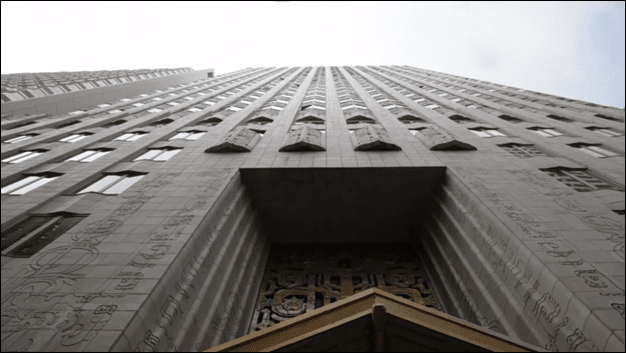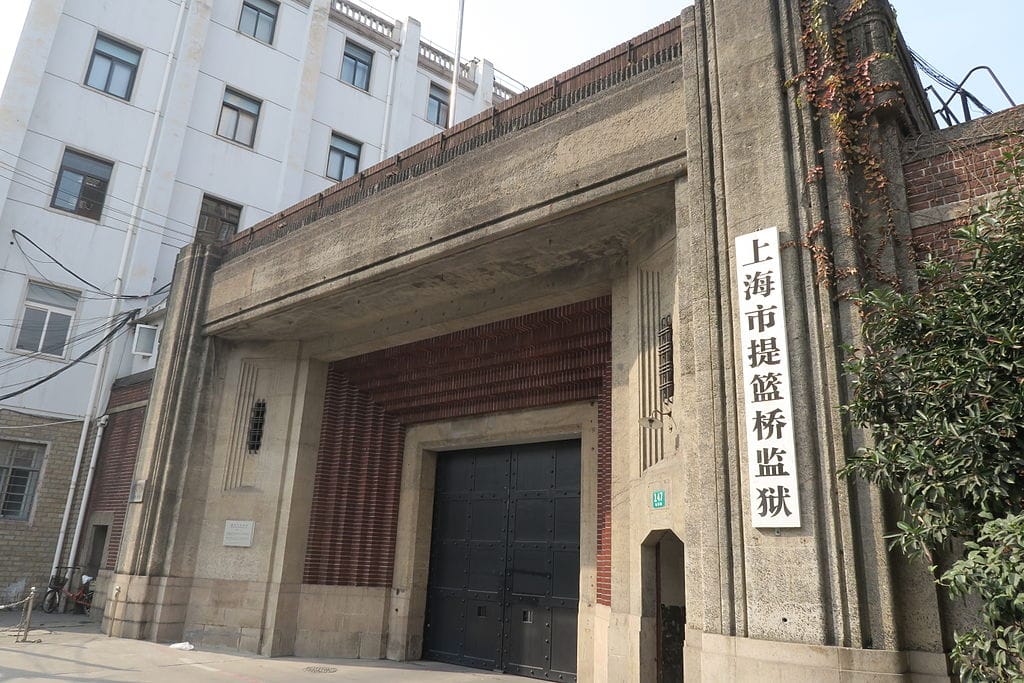<< Read all John Kamm Remembers stories

When Senator Orrin Hatch visited China in 1997, he was accompanied by a leading scholar of contemporary China Michel Oksenberg, and a former senior staff member of Senator Hatch who had recently joined a private foundation, based on the East Coast, that supported both domestic and international projects with grants. A few months after the senator’s visit, I was contacted by the foundation to see if I’d be interested in applying for a grant.
The experience of working on the Northeast China Autonomous People’s Republic – in which I had uncovered the names of three hitherto unknown political prisoners in a provincial newspaper – convinced me that one could find names of political and religious prisoners whose names were not known outside China by scouring “open sources:” official publications – in particular – provincial newspapers. I submitted a proposal for a research grant to find these names.
At the time, my work on political and religious prisoners was supported entirely by the profits of my consulting business. I had never received a grant from either a government or private group and I had no idea how to go about winning one. I did a bit of research and learned that to receive a grant from a non-profit foundation I would need to use a “pass through” organization that was also a non-profit. I discussed the situation with my wife and a close friend. We looked into what it would take to create our own “pass through,” our own private foundation. We settled on a name – Dui Hua, which means dialogue 对话 in Mandarin Chinese – and applied to the State of California to begin operations as a non-profit foundation. Our application was accepted, and Dui Hua was incorporated in April 1999. After that we applied to the Internal Revenue Service for 501(c)(3) status which would enable us to operate as a non-profit exempt from federal taxes. This application was accepted in July 1999.

After the East Coast foundation received Dui Hua’s proposal, it forwarded it to three Sinologists for peer reviews. The responses were not very encouraging. Aside from being an unknown quantity insofar as research into contemporary China was concerned, there was skepticism that my research would find anything. As one reviewer put it, “The Chinese government does not make the names of political prisoners available in publications available to the public.” I was asked how many names of prisoners I expected to find. I answered I’d be satisfied if I could find 100 hitherto unknown names. The foundation decided to take a chance, and Dui Hua received the grant and began operations in August 1999.
With Dui Hua established and our first grant in hand, I headed for Hong Kong. I hired a couple of research assistants and together we went to the University Services Centre (USC) at the Chinese University of Hong Kong, one of the world’s premier repositories of materials on contemporary China. The USC has three floors of newspapers, journals, and books. The newspapers were held in the basement, in stacks arranged by province. I started by looking at newspapers published around the time of the Spring 1989 protests that culminated in the killings in Tiananmen Square. I focused on the newspapers of cities most affected by what the Chinese government referred to as a “counterrevolutionary uprising” – Beijing, Changsha, Shanghai, and Guangzhou.
After four hours of eye-straining research, I had turned up virtually nothing. Not a single story, even those that reported on the protests, yielded the name of a detainee. Maybe the critics were right – the Chinese government didn’t publish such information. Maybe the Jilin newspaper report was a fluke. Discouraged, I took the elevator to the eighth floor.
The eighth floor is where books are held in open stacks. I headed for the section that held judicial books. There I found several hundred yearbooks and records (multi-year collections) put out by public security bureaus, courts, procuratorates, and prisons. I had struck gold. In four hours of work I unearthed more than a hundred names of individuals detained for political crimes.
Two of my most important finds were found in publications put out by the Shanghai Public Security Bureau.
The December 1997 issue of Shanghai Public Security Journal revealed details of the case of Jiang Cunde. Jiang was a worker at a tool repair factory who plotted with other workers to set up an organization – “China Human Rights Committee” – modeled on Poland’s Solidarity Trade Union. Their activities took place in 1985 and 1986, and they were arrested and charged with counterrevolution in 1987. Jiang was sentenced to life in prison.
After discovering Jiang’s name, I began putting him on prisoner lists submitted to the Chinese government and have continued doing so up to the present day. I have been told that Jiang was diagnosed with schizophrenia in 1993 and released on medical parole. He returned to political activities and was put back in prison in 1999. In 2004 his sentence was commuted to 20 years. Despite being awarded several citations for good behavior, Jiang has yet to receive another sentence reduction. He is imprisoned in Tilanqiao Prison and is said to suffer from severe mental illness characterized by psychotic episodes. He is due for release in 2024, by which time he will have served 31 years in prison.

The other case I found on my first foray into the holdings at USC was that of a disaffected young man by the name of Yu Rong. According to the 1990 Shanghai Public Security Yearbook and the popular magazine China Police, Yu Rong was responsible for printing and distributing 1,450 reactionary leaflets in Shanghai over a four-month period beginning in June 1989, not long after the suppression of the democracy protests in Beijing. Then-Mayor Zhu Rongji declared Yu’s action the biggest case of counterrevolutionary incitement in the history of Shanghai. He ordered the mobilization of hundreds of police officers to catch the culprit.
Most of Yu’s leaflets were dropped from tall buildings in Shanghai. By the time the leaflets reached the ground and had been collected and read, Yu had left the top of the buildings from where he had dropped the leaflets. After Yu was finally captured, the police accused him of committing 20 acts of arson and of dropping bricks from tall buildings, causing serious injuries and three deaths.
Since discovering Yu’s name in 1999, I have put him on 14 prisoner lists, but I have only received one written response. In April 2006 I was told that Yu was in a psychiatric detention center, also known as Ankang. If he is alive he is likely to still be there.
As China’s influence in Hong Kong has grown, the usefulness of the University Services Centre’s holdings has diminished. Recent publications with information on sensitive political crimes are rarely found on the centre’s shelves. The centre has been “harmonized.” For several years however the centre was an unrivaled source of the names of mostly unknown political prisoners about whom Dui Hua submits inquiries to the Chinese government. The USC’s role as a resource for our work has largely been taken over by Internet research, including surveying judgments in criminal cases posted on the Supreme People’s Court judgment websites.
Listen to the Encounters with China podcast.
Subscribe to receive notifications about new episodes.
Read all John Kamm Remembers stories.
